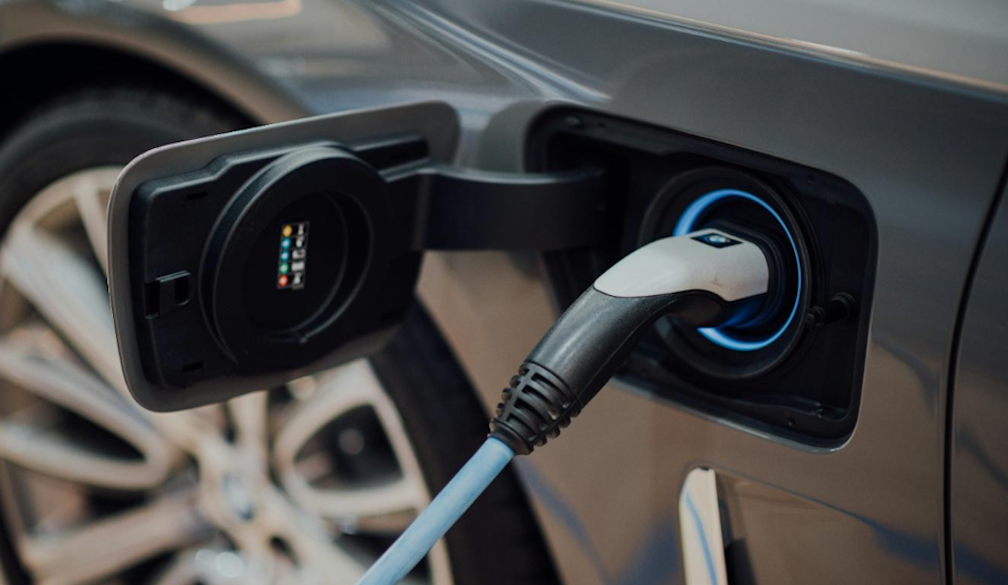What’s Really Involved in EV Charger Installation Cost in Australia?

As electric vehicle ownership accelerates across Australia, more homeowners are exploring the cost of installing a dedicated home EV charger. What many people quickly discover is that the price can vary more than expected, depending on several factors within the home. Understanding the true EV charger installation cost can help homeowners plan properly and avoid unwanted surprises.
A standard single-phase EV charger installation is often the most affordable option, usually sitting between $850 and $1,200. This covers a straightforward setup where the switchboard is in reasonable condition, there is enough room for a new safety switch, and the charger can be installed on a nearby wall. For the majority of homes built after the 2000s, this type of installation is common.
Costs begin to rise when the distance between the switchboard and the charger location increases. Long cable runs through roof spaces or along exterior walls require more labour and materials. Installations with cable distances of 10 to 20 metres typically fall between $1,200 and $1,800. Some older homes, especially multi-level properties, may require even more extensive work depending on access points.
Another significant factor influencing the EV charger installation cost is the condition of the switchboard. Many older switchboards using ceramic fuses or lacking available space will require an upgrade before an EV charger can be safely connected. A switchboard upgrade generally ranges from $1,500 to $2,500, depending on the state of the existing setup.
Charging speed also affects installation requirements. Most Australian homes operate on single-phase power, supporting 7kW chargers. Homes with three-phase power can accommodate faster 22kW chargers, but these installations require heavier cabling, more complex setup, and generally cost between $1,800 and $2,600. Only a small percentage of properties are equipped for three-phase charging without modification.
With these variables, many homeowners are now turning to online tools to estimate installation costs before booking an electrician. One such resource is an Australian EV charger installation cost calculator, which provides instant ranges based on common installation scenarios. This tool can be found at:
https://evchargerinstallcost.com.au/
For clarity on installation standards and charger types, homeowners can also refer to respected industry resources like the Australian Electric Vehicle Association (https://aeva.asn.au) and Energy Consumers Australia (https://energyconsumersaustralia.com.au).
Understanding the real factors behind pricing makes it easier to budget and reduces the risk of unexpected costs. As EV adoption grows, Australians are increasingly seeking transparent information about installation requirements, and tools like cost estimators are becoming essential.





